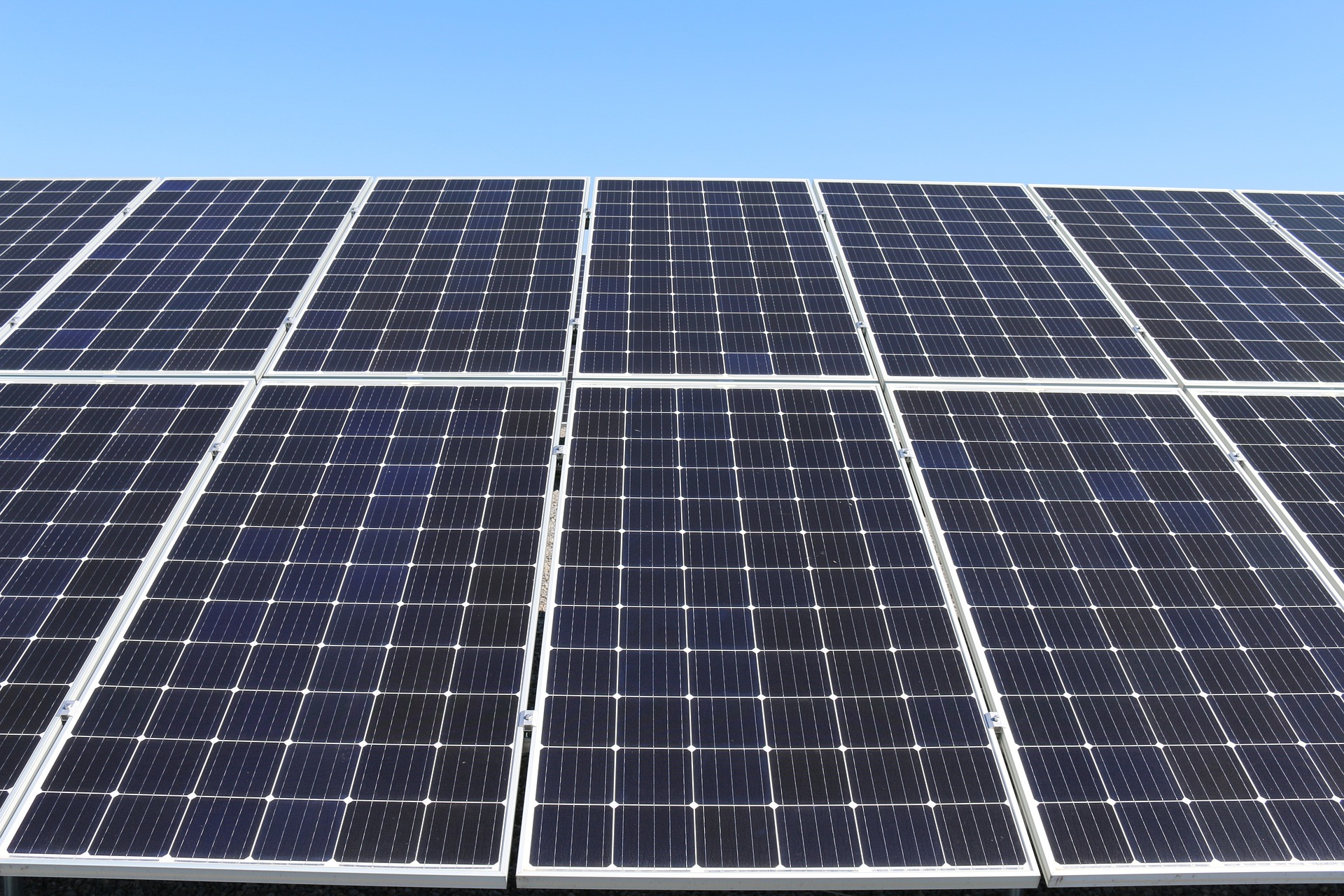Understanding Solar Systems & Panels: A Complete Guide
Solar power represents one of the most promising renewable energy solutions available today. As technology advances and costs decrease, more homeowners and businesses are turning to solar systems to reduce their environmental impact and energy expenses. This comprehensive guide explores the essential aspects of solar systems and panels, from basic components to installation considerations.
Main Components of a Solar Power System
A complete solar power system consists of several key components working together. The primary elements include solar panels, inverters, mounting equipment, and monitoring systems. Optional components may include battery storage systems for energy independence and backup power during outages. The system also requires proper wiring, disconnect switches, and grid connection equipment.
Types of Solar Panels Available
Three main types of solar panels dominate the market: monocrystalline, polycrystalline, and thin-film panels. Monocrystalline panels offer the highest efficiency but come at a premium price. Polycrystalline panels provide a more budget-friendly option with slightly lower efficiency. Thin-film panels are the least expensive but require more space for equivalent power generation.
Installation and Maintenance Requirements
Professional installation ensures optimal system performance and safety compliance. The process typically involves site assessment, design planning, permitting, and final installation. Regular maintenance is minimal but important, including periodic cleaning, inspection of electrical connections, and monitoring system performance through provided software interfaces.
Solar System Costs and Financial Benefits
| System Size | Average Cost Range | Estimated Annual Savings |
|---|---|---|
| 5kW System | $15,000 - $21,000 | $650 - $1,000 |
| 10kW System | $27,000 - $36,000 | $1,300 - $2,000 |
| 15kW System | $40,000 - $55,000 | $1,950 - $3,000 |
Prices, rates, or cost estimates mentioned in this article are based on the latest available information but may change over time. Independent research is advised before making financial decisions.
Environmental Impact and Sustainability
Solar panel systems significantly reduce carbon footprints by generating clean, renewable energy. A typical residential system can offset approximately 100,000 pounds of carbon dioxide over its lifetime. Additionally, modern panels are increasingly recyclable, addressing end-of-life environmental concerns. Most manufacturers now offer recycling programs for decommissioned panels.
The transition to solar energy represents a significant step toward sustainable power generation. While the initial investment may seem substantial, the combination of reduced energy costs, available incentives, and environmental benefits makes solar systems an increasingly attractive option for both residential and commercial applications. As technology continues to advance, we can expect even greater efficiency and affordability in solar power solutions.







